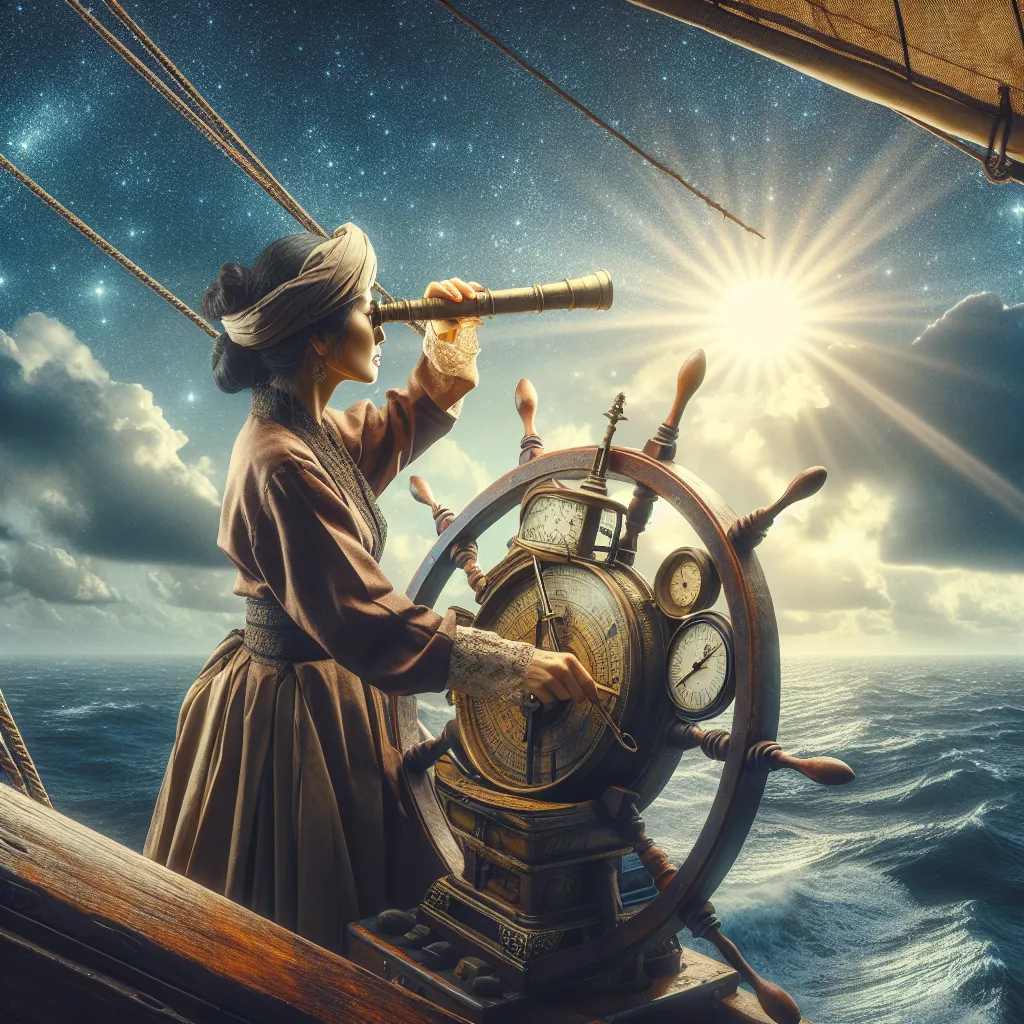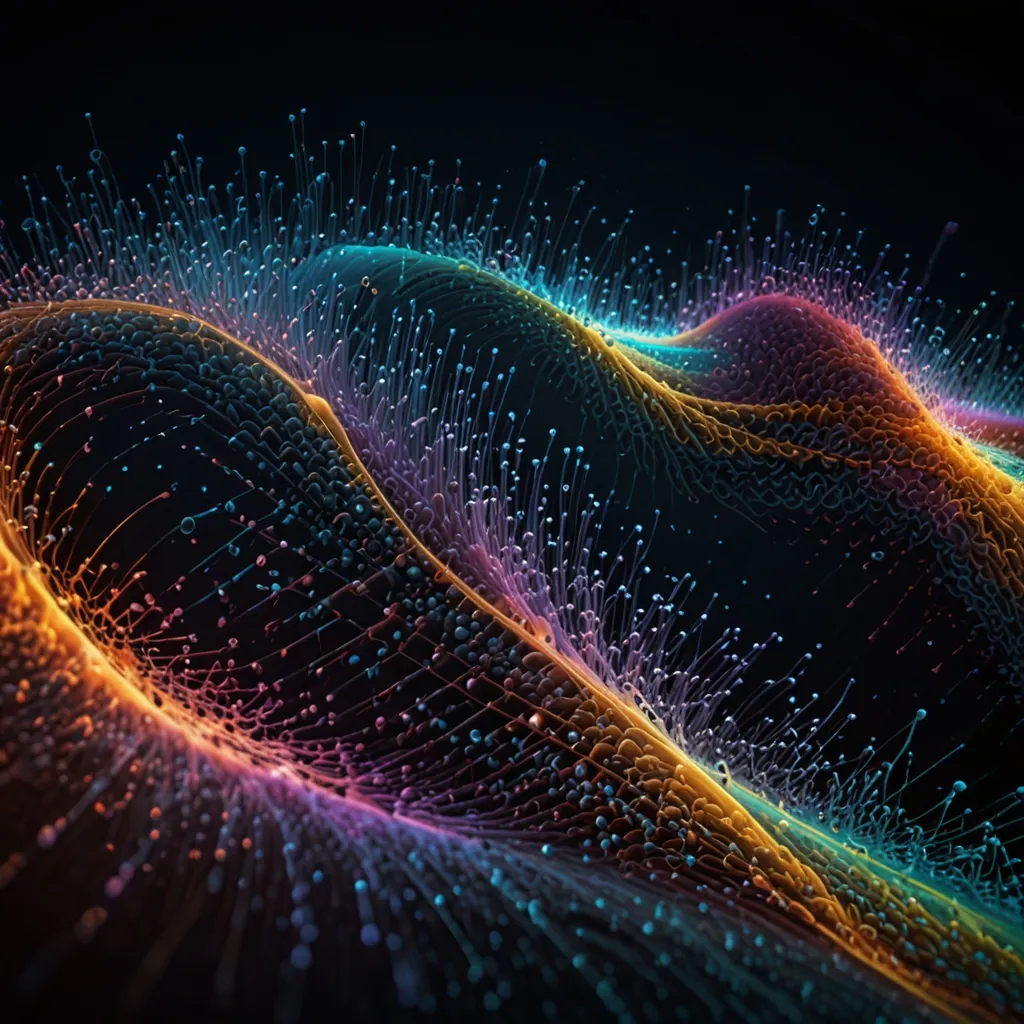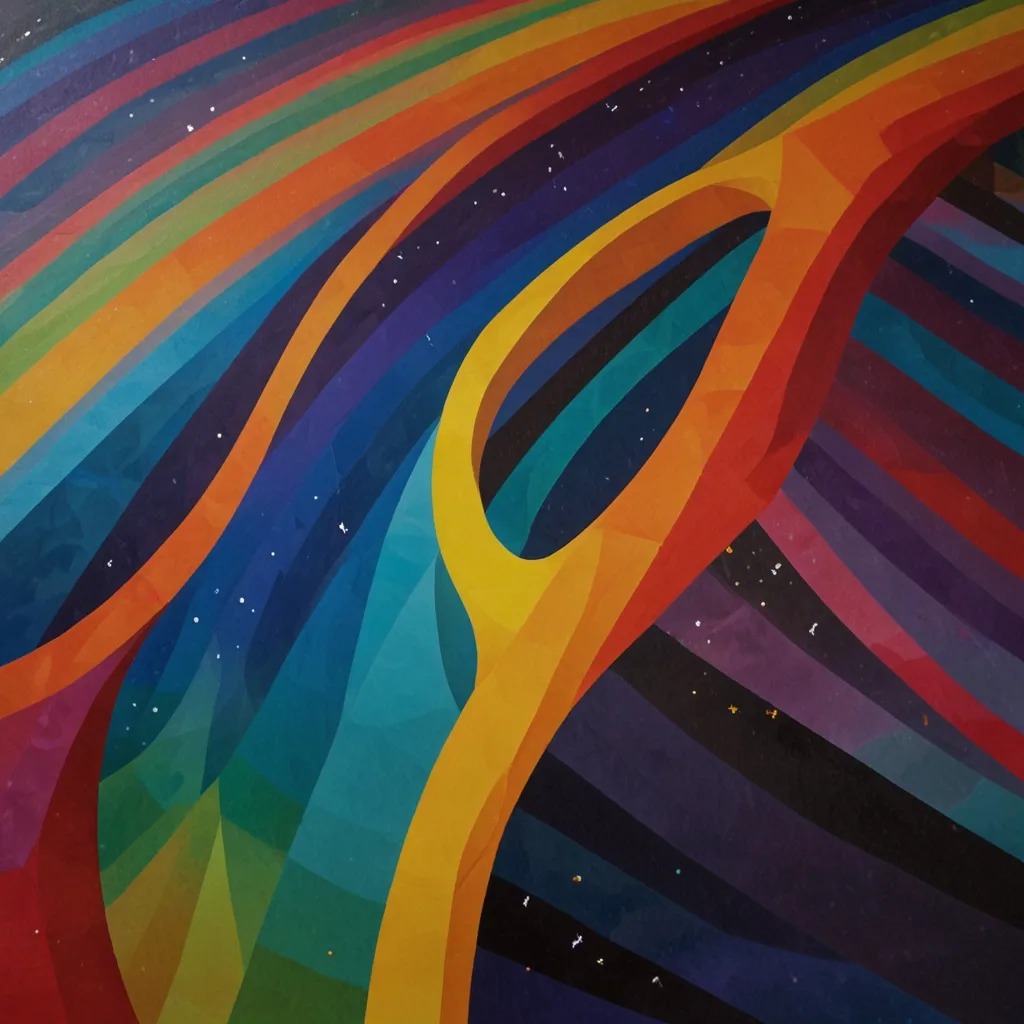Navigating the open ocean 400 years ago was a real challenge. Sailors had to rely on their memory and calculations, often wrangling with unpredictable winds and currents. This method, known as dead reckoning, was tricky since being just half a degree off could lead them to miss their destination by miles. Getting lost was easy.
Thankfully, three key inventions transformed navigation: sextants, clocks, and the necessary math to make quick calculations. These tools changed everything. Without them, many sailors wouldn’t dare to venture far from land.
The sextant, created by John Bird in London, was a crucial tool. It measured the angle between the sun and the horizon, helping sailors find their longitude by comparing the angle to the one back in England. This was a big deal for accurate navigation.
Then came clocks. In 1761, John Harrison, a talented English clockmaker, built a clock that stayed accurate even in the rough conditions at sea. This clock kept sailors connected to their home port’s time, vital for knowing their position. But, these clocks were handmade and expensive, leading many to rely on laborious lunar measurements and calculations instead.
But sextants and clocks alone weren’t enough. Sailors also needed the math skills to use them effectively. Enter John Napier, a Scottish mathematician who spent over two decades developing logarithms. Though his early logarithms weren’t as convenient, they laid the groundwork.
In 1614, Henry Briggs, a prominent mathematician, saw Napier’s work and suggested simplifying it. Together, they revised logarithms, making them much easier to use. This collaboration led to what we now know as Briggs Common Logarithms.
Until the dawn of electric calculators in the 20th century, logarithms were essential for complex calculations of multiplication, division, powers, and roots. The history of these tools isn’t just a math lesson; it’s a reminder of how different fields – instrument making, astronomy, navigation – can come together to solve big problems.
The story of navigation shows that creativity often comes from combining diverse talents and ideas.






